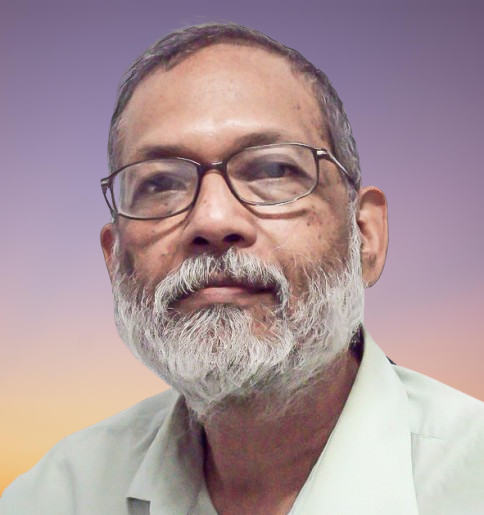Featured 2

Image: Collected
Bangladesh has a major social media life, as big as any elsewhere. Once a traditional society where family, clans and social communities were connected by physical contacts, the networks are now driven by social media access more than physical contact. The earlier version has been replaced by the digital one.
Social media is both a social and a mental reality. Social media use is linked to the nature of the human brain. Scientists studying the brain say that several factors are responsible for the high incidence of social media connectivity. At many levels, it does become a sort of addiction. This is at an individual level and individual addiction. When applied to a collective level we have a situation of social addiction. The impact is therefore at a large scale and not a matter of individuals but society as a whole.
Social media and the brain
Social media affects the brain by activating its reward circuitry and releasing a chemical called dopamine which creates feelings of pleasure and demand in a person. When using social media, there is a dopamine release for users. When many are affected, it becomes a collective addiction. Rewards in social media come in the form of positive feedback from other users which release more dopamine. The cycle goes on.
Social media and society
Social media dominance is noted in societies where there is inability to establish and maintain real-life inter-actions. Those who suffer from social anxiety may have fewer options than usual being forced to express themselves through social media rather than in the physical space. Higher the incidence of social media, lesser is the incidence of direct inter-action.
Collective anxiety and depression is common in Bangladesh to which are added content producers who are also hooking on to the prevalent social psyche. As content producers, they know what will be attractive to the market which contributes to higher views and hits. Thus, while content producers gain, the consumers become both addicted and more anxious or angry or pleasured depending on what they are seeking. In the absence of direct inter-action, they are consuming more objectified content as they may already feel isolated.
Existing low social esteem
The crisis of low social level self-esteem rises from lack of control of many spaces of public and private life in Bangladesh. The lacking is both in production and consumption. The idea that the Bangladesh society is monolithic has little evidence to back it. It is significantly segmented by socio-economics and other indicators. Its segments are mostly keen for upward mobility and in conflict with each other as any such segments are social competition is high. Competition for resources is very important and though much more available than before, the competition remains high.
But this competition is not only about income and production but consumption as well. And that is translated into social, economic and political consumption of power too. The result is a collective response to both challenges and opportunities. That response leads to groups forming, alignments for greater access and defensive postures and language for defending the existing or seeking new access. In many cases these spread into both extreme hatred and extreme obeisance as well. To this is added cultural specificities of the people.
Social media and extreme emotionalism
Bangladesh social media is not only extensive with millions of users but its content is also extensive. There are two types of material on social media, inter-active social postings and created content. They serve a variety of purposes including commercials for the latter. However, it's mostly market driven though not necessarily economic profit related.
Posts are of all kinds but they can often be a dating space too as reported by the members. FB has multiple user needs which have grown in the absence of non-virtual meeting spaces. At the same time lack of safety knowledge has meant that intrusive inter-actions including stalking are common.
In making these inter-actions, verbal/ digital violence lurks close. However violence is common in other spaces as well. The most violent is the political space which has seen extreme abuse on those considered their opponents whether in society or social media.
In Bangladesh, public space based political inter-action is very limited as a result that has shifted to social media. And the hostility among the various political forces have created a very toxic environment in politics. This toxic mood pervades the digital space. And that feeds into the overall social and political space.
Socio-economically, just as FB has provided space to e-commerce, so it has to digital bullying. Thus, physical society doesn't seem to be large enough to contain the aspirations and angst of the people and social media has become the extra space. However, in a just emerging post-agro-society where intellectuality or reason based socio-political institutions are still weak, the scene is one of the same conflicts that has driven society for long. The network economy that dominates doesn't have a set of functioning rules making the social media a reflection of the same chaotic economic logic that drives Bangladesh.
Much of that is not about the form and content possibility of social media but the real environment in Bangladesh where toxicity is becoming an important ingredient to survive and flourish.

























Leave a Comment
Recent Posts
Right On Schedule
The most eagerly anticipated, and frankly hyped up, announcement of an ...
Fighting raged along the borde ...
Fighting raged along the border of Cambodia and Thailand, with explosi ...
ICIMOD drives regional cooperation to inspire new mo ..
The Cage of Captivity and the Cry for Freedom: A Cru ..
Why Japan issued an advisory for a possible megaquak ..
The Autocrats’ War on Universities